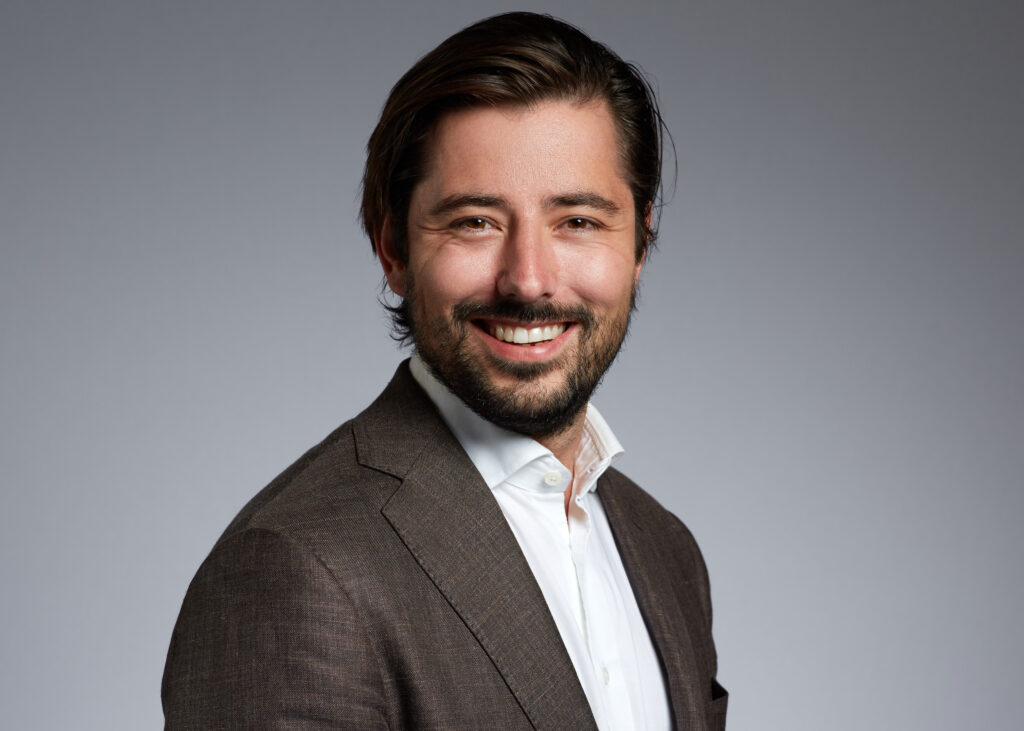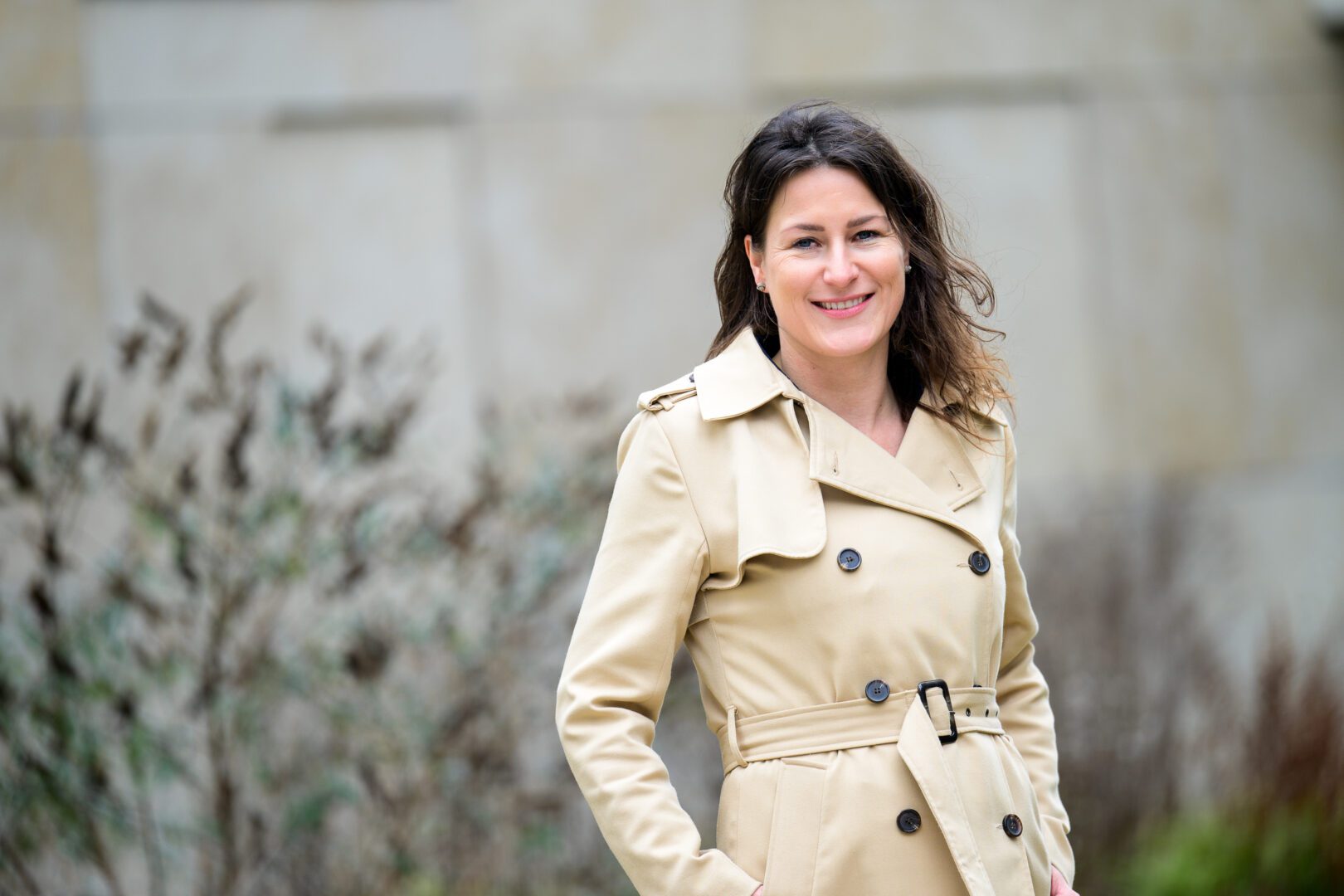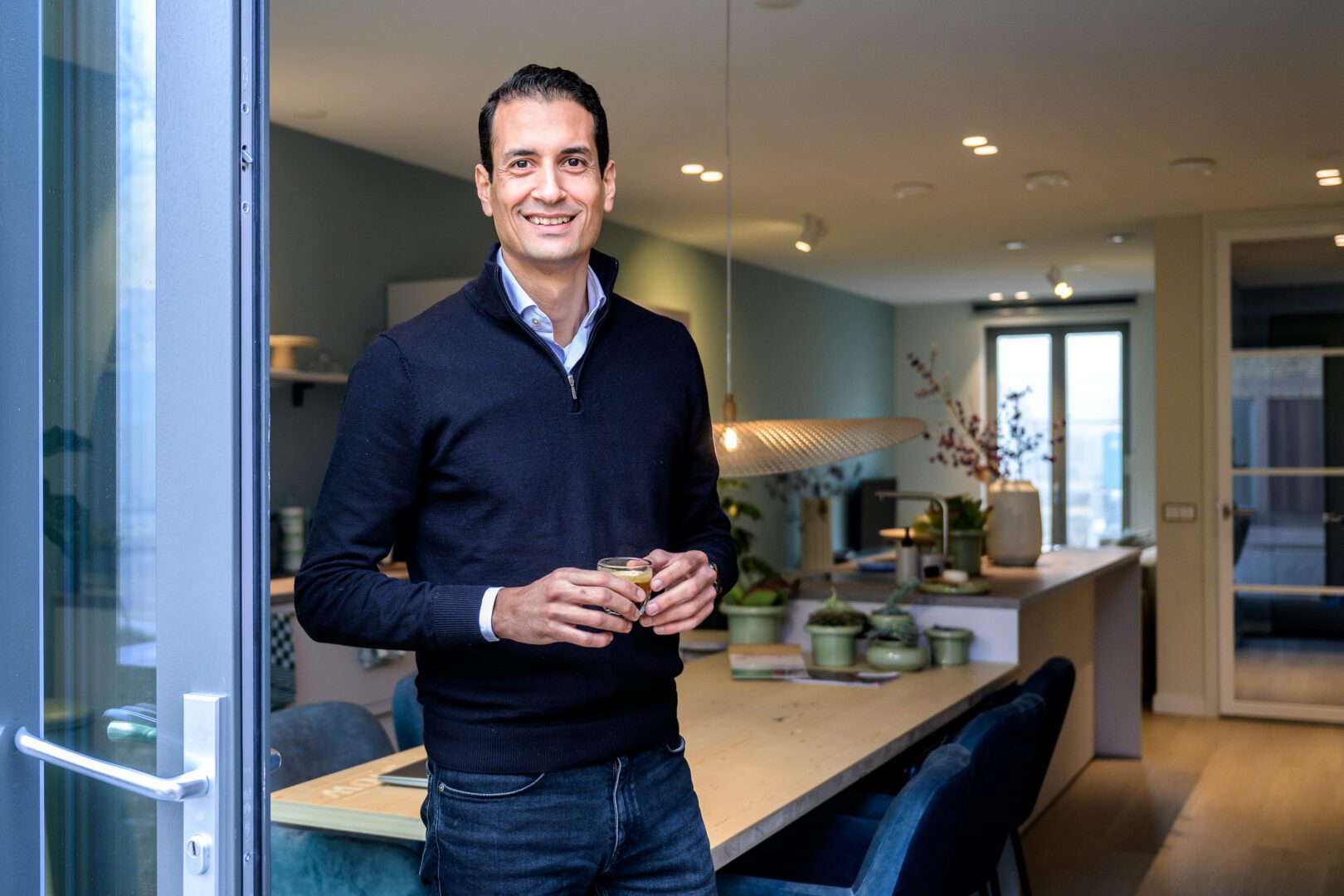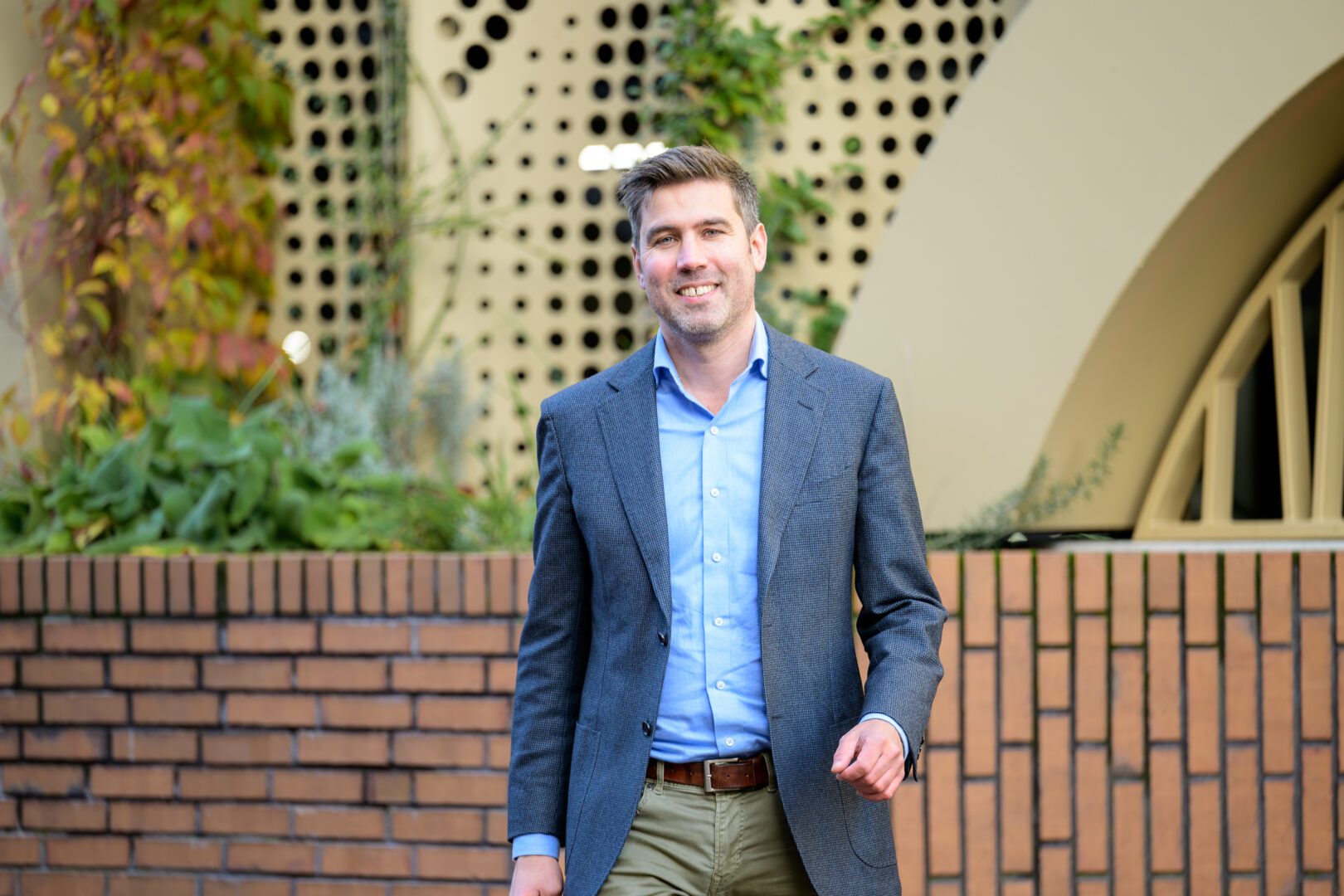The challenge of housing in the Netherlands is a complex puzzle. Mobility is a prerequisite piece of that puzzle. New neighborhoods bring more traffic. Not ideal for densely built cities full of roads. How do we keep areas accessible, safe, livable and attractive? Adding shared mobility can be a solution. But this does not yet work for all target groups and neighborhoods. Maarten Markus, Manager Sustainability at AM, explains how AM is working on solutions to this issue. Not only in the Netherlands, but also with other cities in Europe working on similar challenges. Knowledge is shared internationally through SHARE-North Squared (SN2).
Alternatives to the car are necessary for accessibility and quality of living
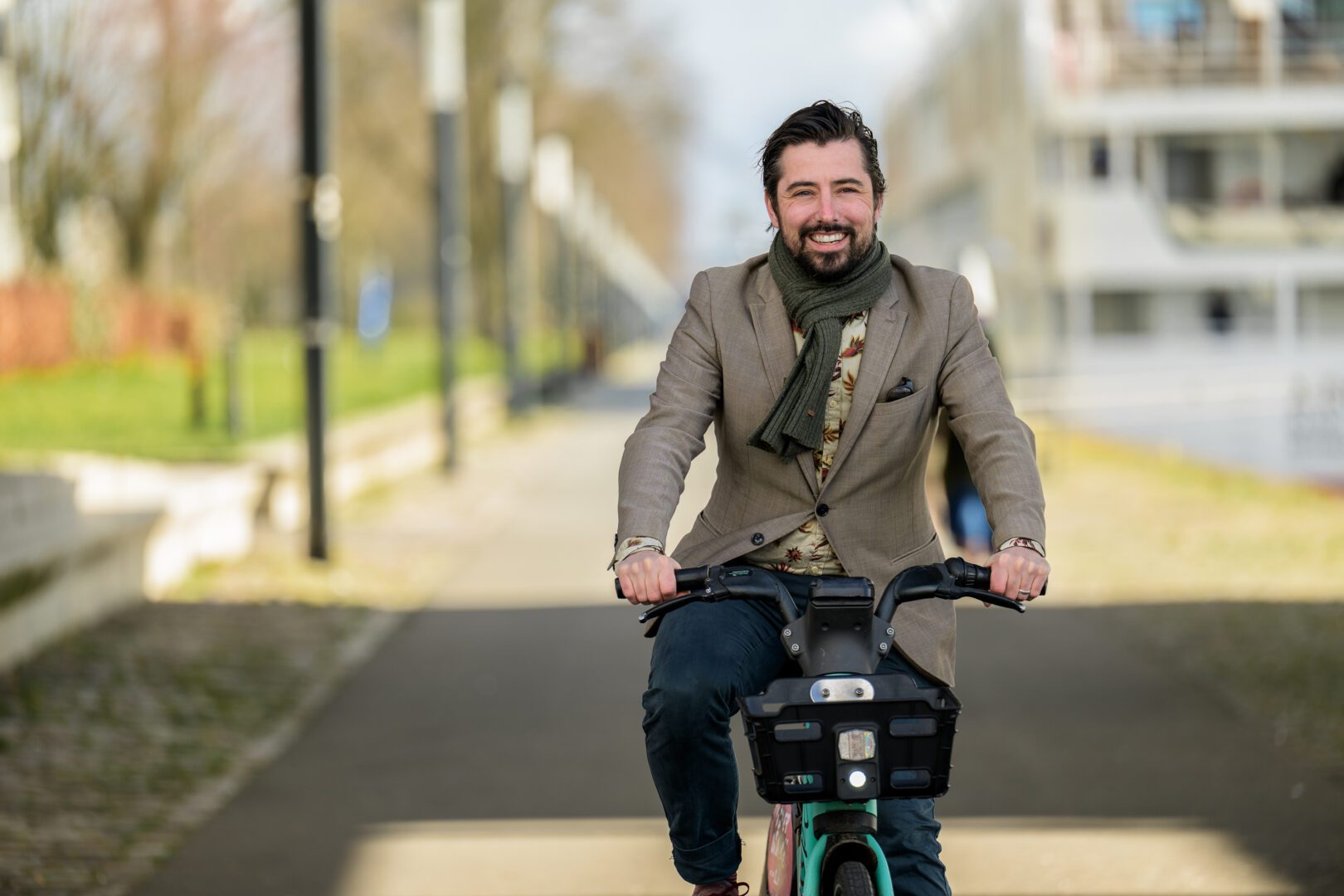
For AM, sustainable mobility is integral to area development explains Maarten. “The congestion on the roads is increasing, but so is the congestion in cities and between cities. In the past 15 years, the number of cars grew from 7.5 to over 9 million. If we want to make neighborhoods attractive, we won't succeed just by adding more cars. We develop many projects in difficult urban locations where mobility is a challenge. AM gives green and social impact a prominent role in all area developments. That means we look at established issues, such as parking in front of the door, in an innovative way.” Shared mobility is part of the solution. Maarten: “Our experience is that car-less neighborhoods with sustainable mobility, such as shared mobility, access to public transport and good infrastructure for pedestrians and cyclists really work.”
If we want to make neighborhoods attractive, we won't succeed just by adding more cars.
Positive effect on residents' lives
Maarten emphasizes that shared mobility has a beneficial effect on more levels than just traffic congestion. “It is better for the environment because there are fewer CO2 and nitrogen emissions. In addition, we see that in neighborhoods where people use shared cars, people are also more likely to opt for cycling or public transport. People are more likely to be active in car-free neighborhoods, because OV users also cover much more distance on foot or by bike to get to and from the station, railroad or bus stop. Furthermore, a great advantage of car-free neighborhoods is that there is more space for green spaces, for meeting places. Children can play safely in the streets. Social interaction is also encouraged. So a car-free area has a positive effect on residents' lives in several ways.”
Low parking norm
AM has already developed several projects where shared mobility is successful and the parking norm is on average lower than one parking space per household. Maarten: “In Bajeskwartier in Amsterdam, for example. In the new Merwede urban district in Utrecht, where AM is one of the developers, there will be only one parking space per three households. The area itself is car-free, so the cars are not parked at the door but in four different garages. There are also bike garages, logistics hubs for parcel services and electric share (bin) bikes at specific locations along the streets. A unique concept through which we enable a car-free area. Share cars also have a great impact on family neighborhoods with ground-level housing. There we see that the second car need is met by shared cars, such as in Schoemaker Plantage in Delft. Many planned parking spaces there even remain empty. We see that this is the future.”
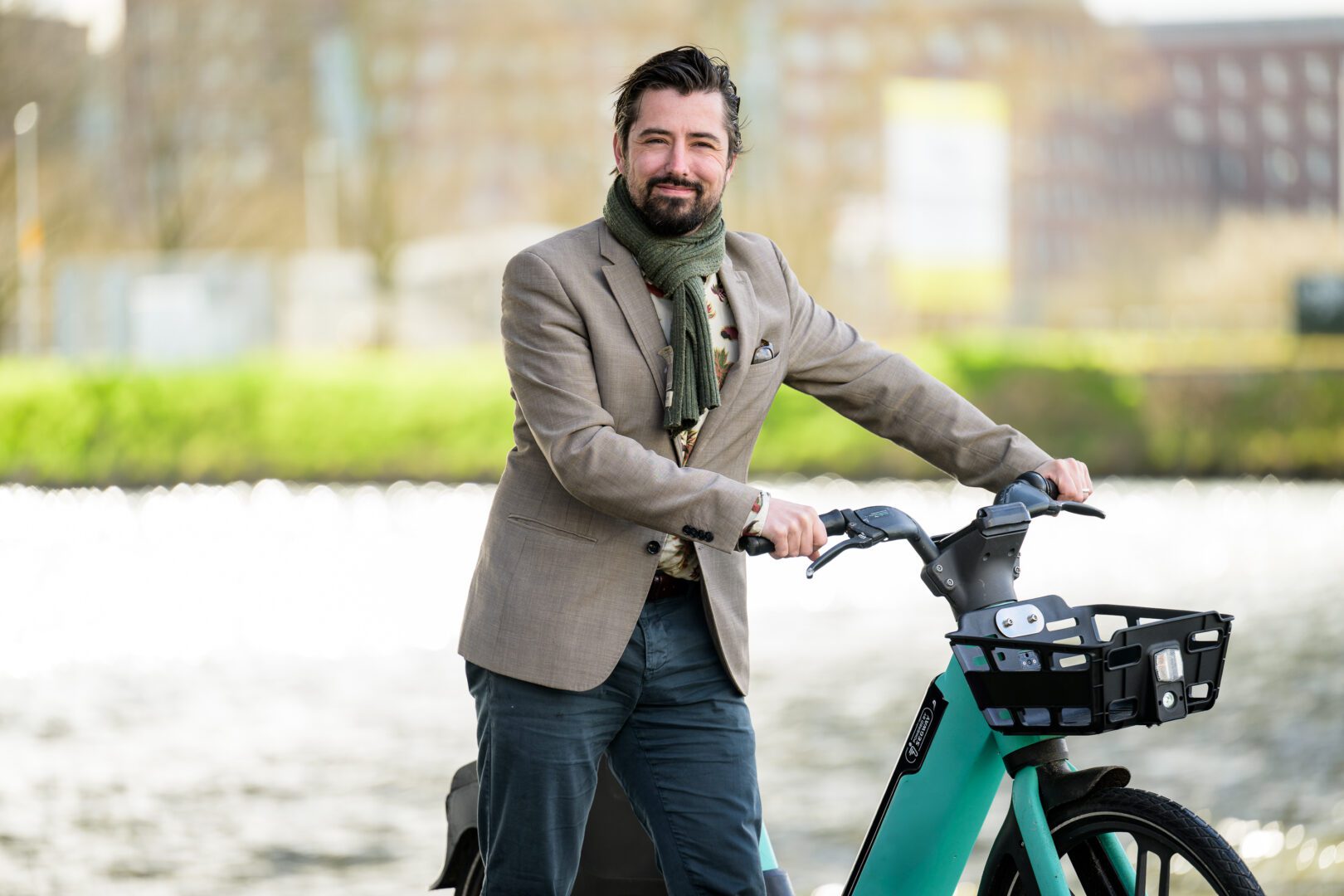
Aligning everything
Maarten explains that a mobility analysis is always done first to see if shared mobility is an option. “We analyze to what extent the residents are dependent on the car. A good public transport connection is important and the number of residents living a long distance from their work should not be too high. This is how we map out what works best for the neighborhood. AM does not always affect the situation outside the area being developed. “That's one of the big challenges. We can't determine how many trains run somewhere or where bicycle bridges should be outside our own area. But we do put it on the agenda with the municipality or the province if we think it can add value. The factors over which AM does have influence we obviously optimize in order to give sustainable alternatives the greatest chance of success.”
The issue of mobility in an area development involves many different stakeholders. This can also be challenging, but AM knows how to deal with this, Maarten explains. “We have extensive experience as a connecting party to align interests. We know what agreements need to be made and what is involved legally. We also pay attention to stimulating the use of shared mobility and other alternatives such as e-bikes. We inform new residents about the best options from the start and also collect wishes and needs so that it really comes from common interest. We do this with a mobility survey and during participation evenings and residents' evenings.”
Sharing knowledge in SHARE-North Squared
Another challenge is making shared mobility more inclusive. Through the international collaboration SHARE-North Squared, AM is working with the City of Utrecht to explore opportunities to make shared mobility more successful for more groups and areas. “At the moment, we see that shared mobility works well for the 25-45 target group in the big cities. In neighborhoods more on the outskirts of the city and neighborhoods with more social housing or affordable housing, it's harder to get things started.” SHARE-North Squared is a collaboration between cities in Northern Europe such as Bremen, Stavanger, Mechelen and Aarhus, seeking solutions to this task. Each participating city will work with a partner, such as an area developer, on concrete cases in practice. Maarten: “AM was immediately enthusiastic about participating when the municipality of Utrecht invited us to work together. It fits perfectly with the many urban, mixed-use projects we like to tackle. It's great to be able to complement each other in our search for solutions and to share our knowledge internationally.
We learn a lot from the municipality's vision, the municipality learns from us and twice a year all the knowledge partners from the international cities meet to share the insights gained.” For example, AM's experience in projects such as Hart van de Waalsprong (Nijmegen) and Schoemaker Plantage (Delft) is a great source of inspiration, and vice versa AM gains insight into what can be done by the municipality to promote shared mobility. “For example, the idea of offering discounts on shared mobility through the municipal city pass for lower incomes. But municipality-wide contracts with shared mobility providers can also contribute to better coverage in all neighborhoods.”
We must make the best mobility options available and encourage the use of those options.
Future of mobility
According to Maarten, the solution to the mobility challenge lies primarily in an integrated approach. “Area development is about shaping attractive, better societies. Social dilemmas, which seem impossible to combine, must be overcome together. Municipalities, provinces and even the state have separate policies and funding for roads, public transport and bicycle traffic. But these different modalities affect each other. For example, you can prevent traffic jams on certain roads if you ensure that people in that region take the e-bike or public transport for shorter distances. We solve the task not by innovating, but by diversifying. We must make the best mobility options available and encourage the use of those options. There is a role for the government there, but also for companies. They too will have to diversify more by making the lease car less important and encouraging the train and (electric) bicycle. Finally, Maarten argues that the future of sustainable mobility also requires a culture change. “We actually already know very well what we want. That we prefer not to have a street full of cars and that cycling and walking is relaxing and healthy. And traveling by train is efficient because you can work on the go. It's important that we turn that knowledge of what we want into the right investments.”
